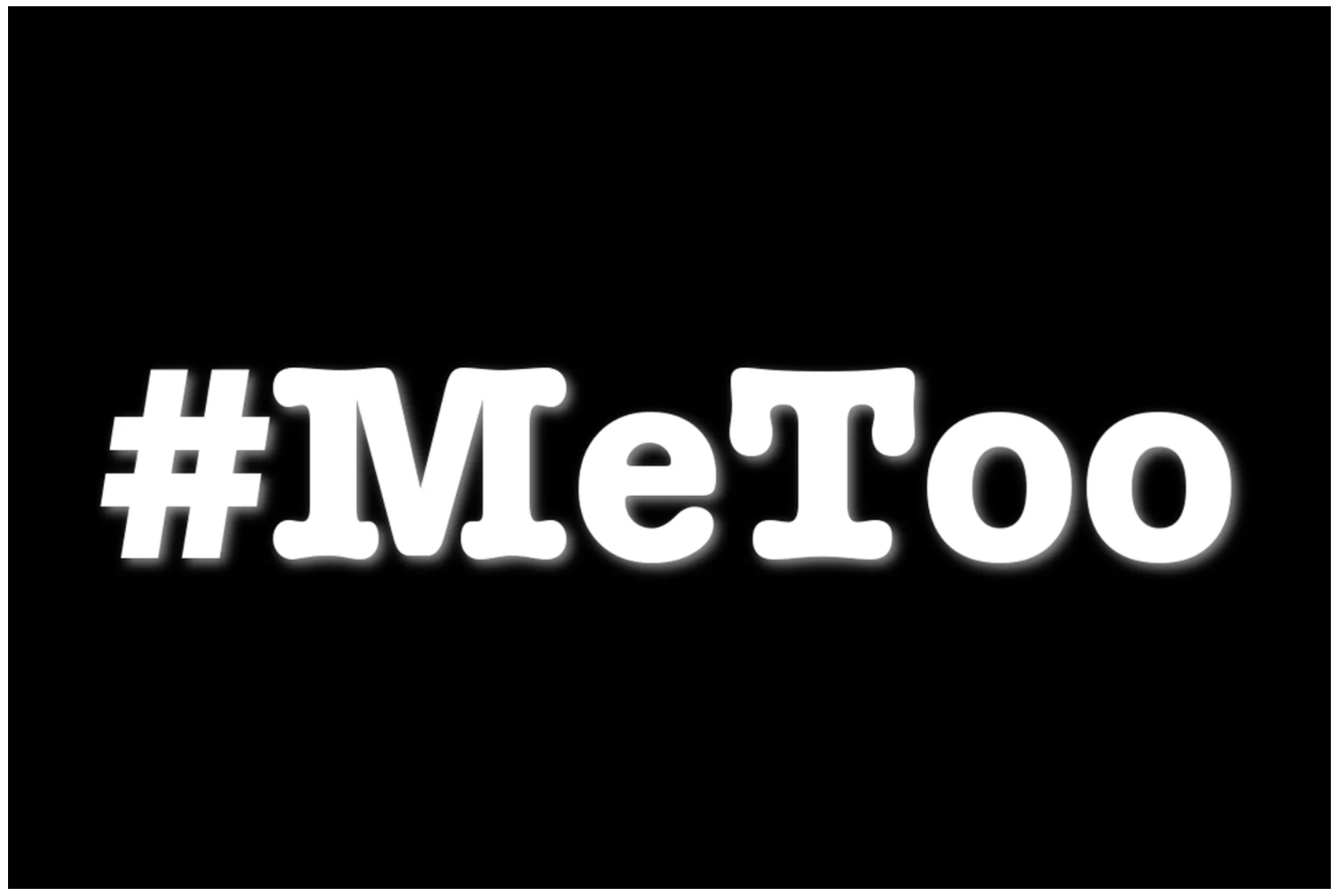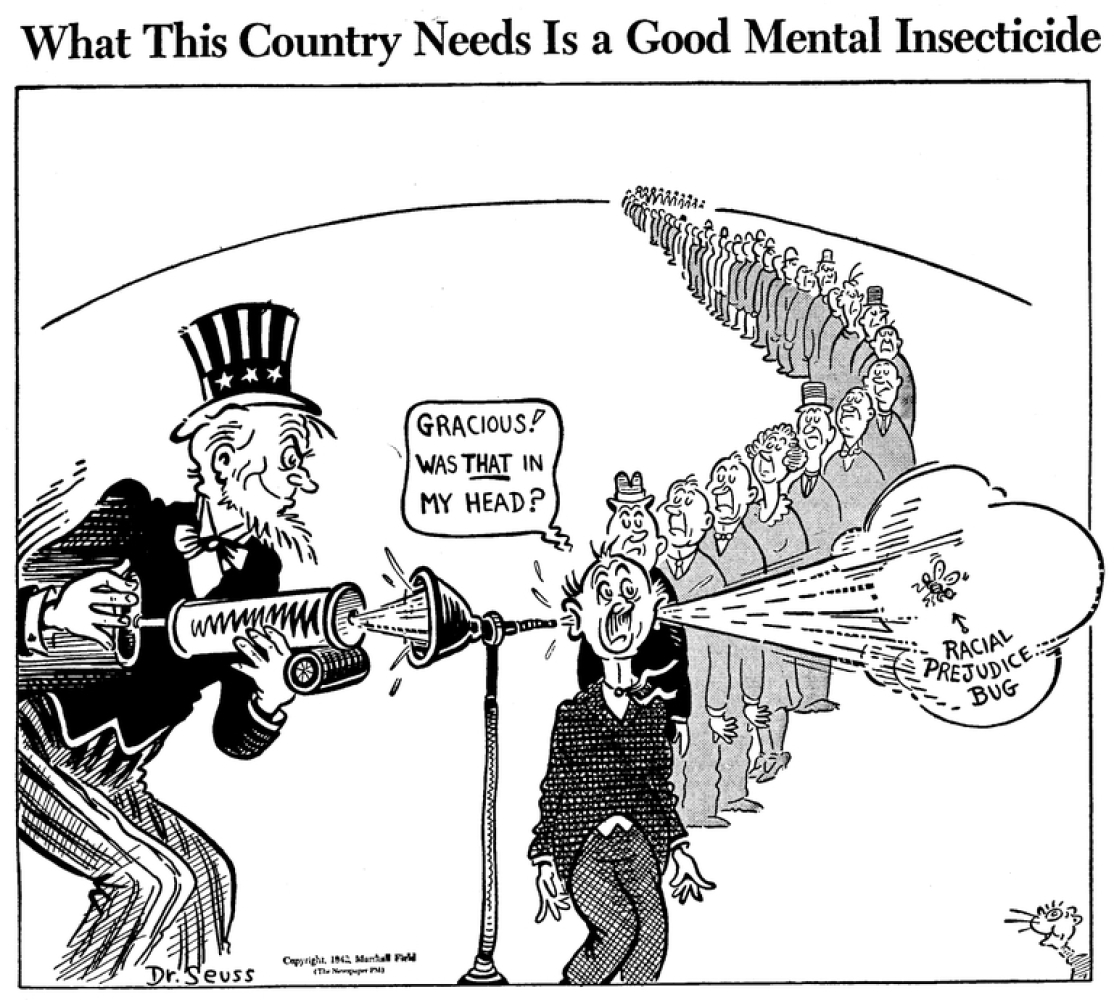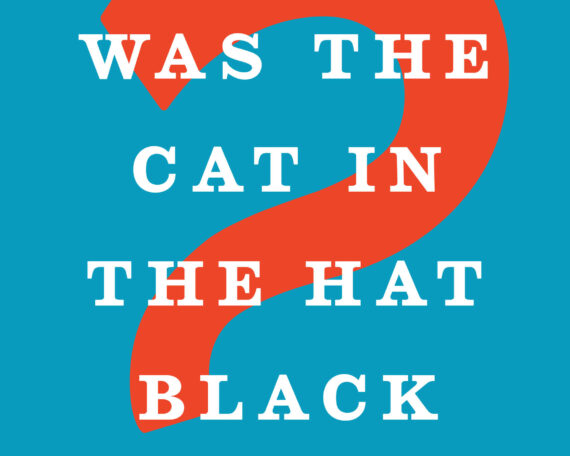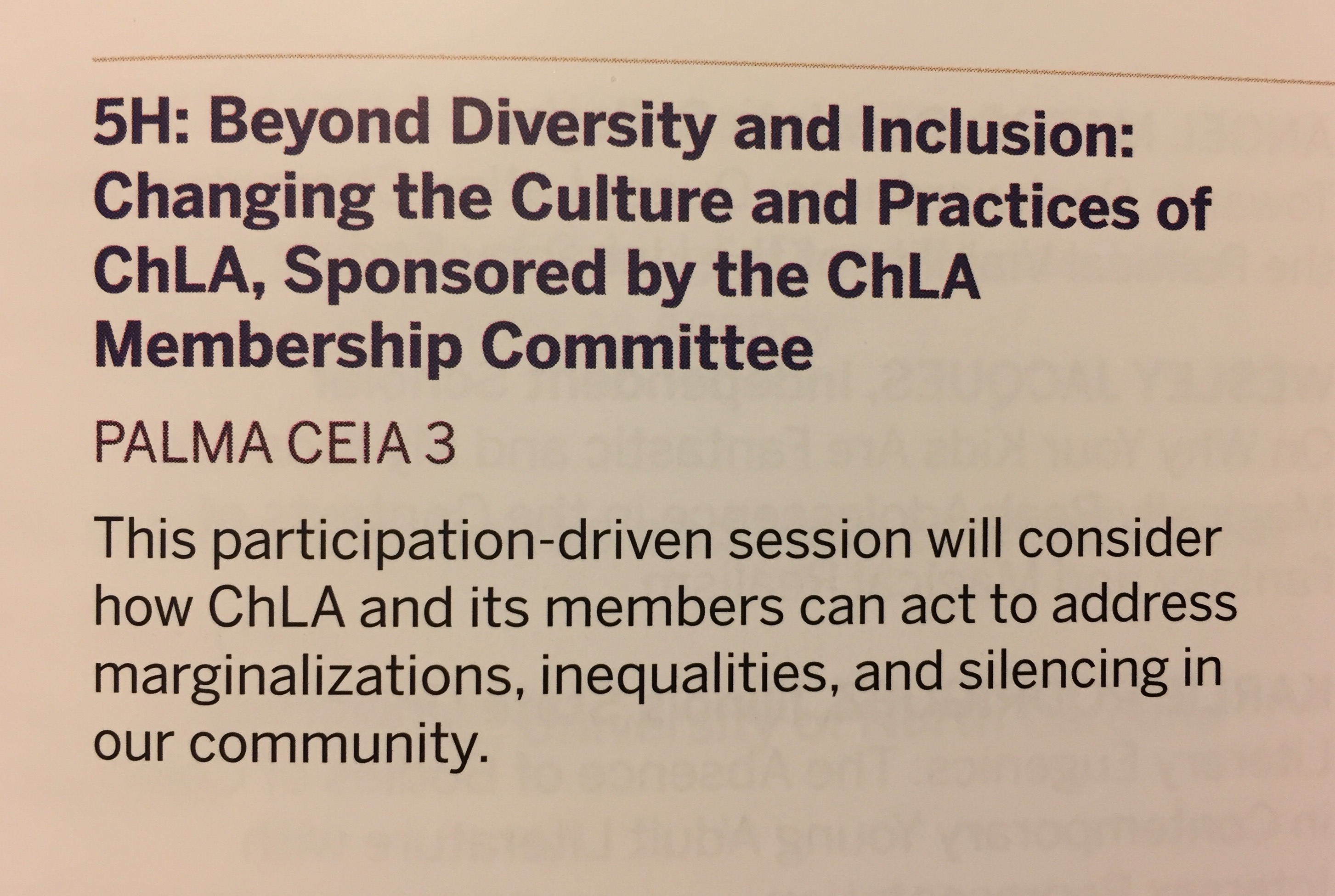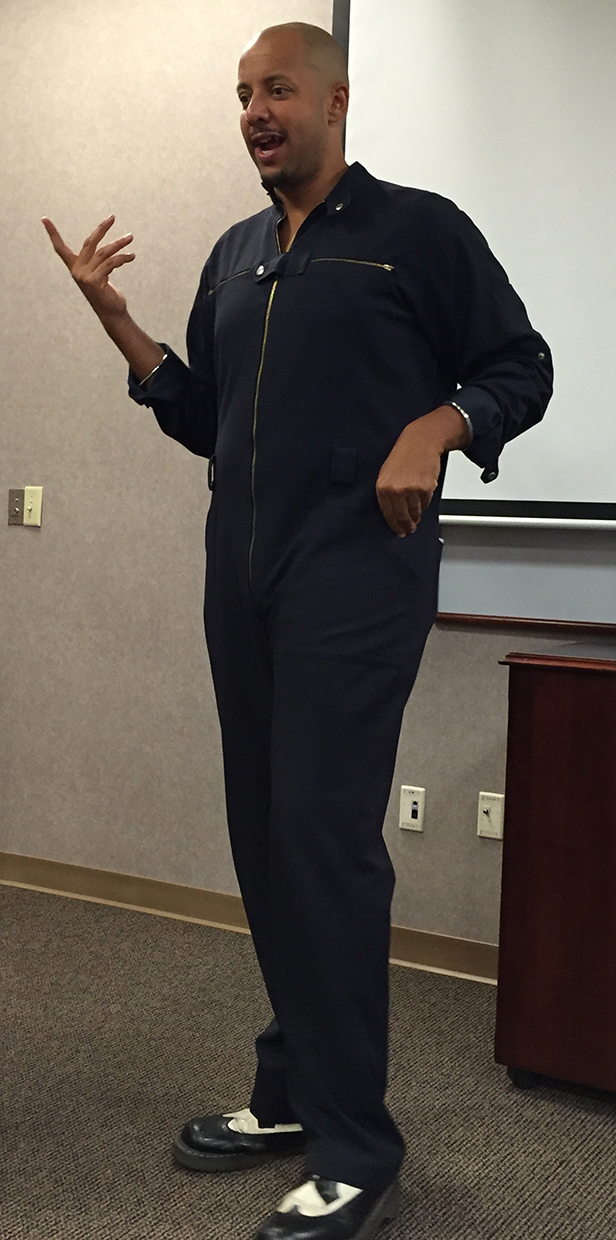How to diversify the classics. For real. (Oxford UP blog)
As last week’s failed attempt at diversifying classic literature recedes in your memory (the pace of news can overwhelm, I know), over at Oxford University Press’ blog today is a piece I turned in on Friday. I offer five better ways that publisher might bring diversity to the classic novels. Here’s an excerpt: Publishers and


